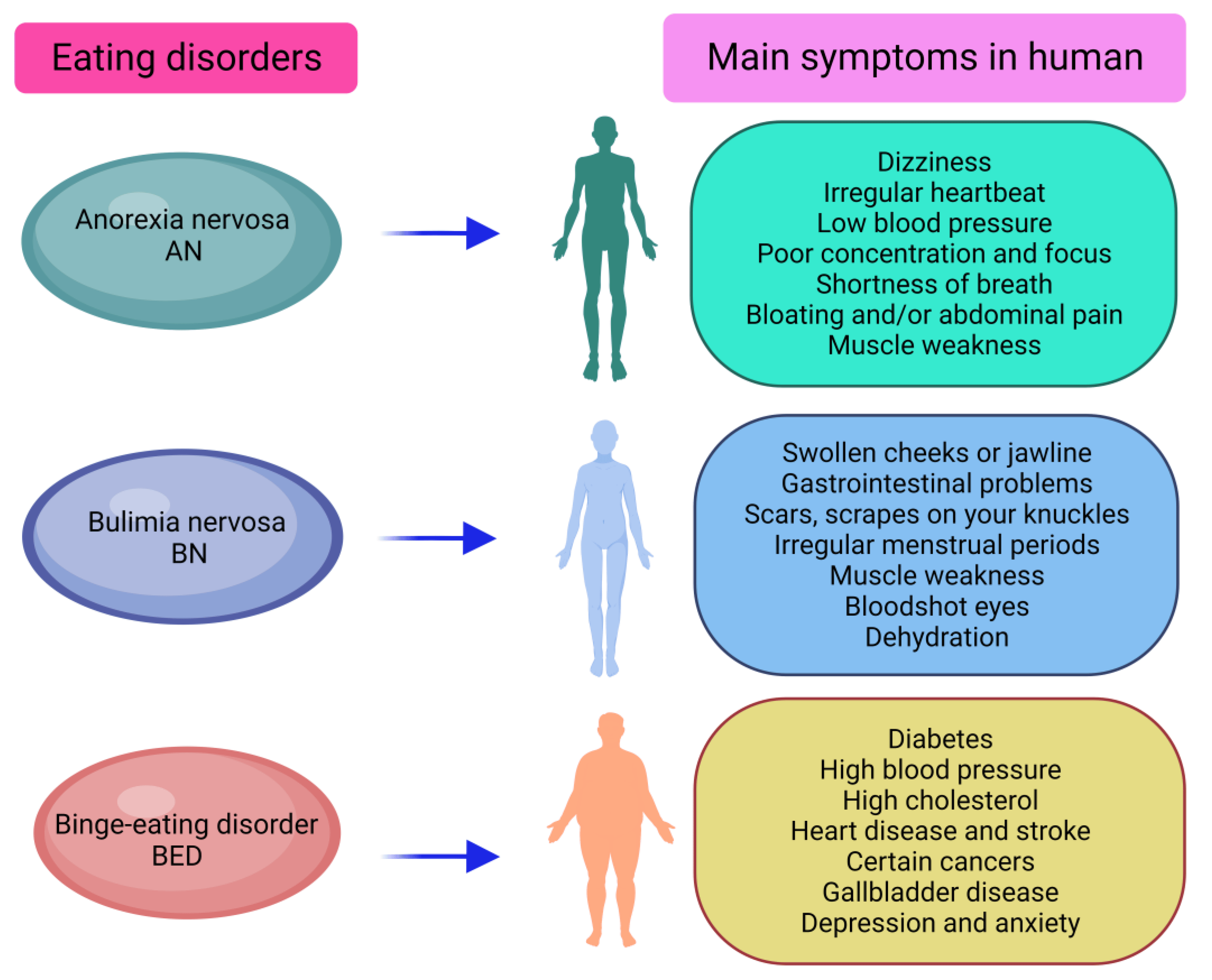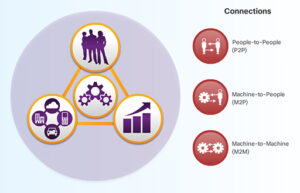The Psychological Landscape of Eating Disorders
Eating disorders are complex mental health conditions that involve a range of unhealthy eating habits and behaviors. These disorders can affect individuals of any age, gender, or background and can have serious physical and emotional consequences. In this comprehensive guide, we will explore the different types of eating disorders, their causes, symptoms, and available treatments. You can also read this Effexor Unveiled A Deep Dive into Drug Interactions and Side Effects
What are Eating Disorders?
Eating disorders are serious mental illnesses characterized by disturbances in eating behaviors and related thoughts and emotions. They often involve an intense preoccupation with food, weight, and body shape, leading to unhealthy patterns of eating, exercise, and other behaviors. Eating disorders can affect physical health, emotional well-being, and social functioning, and can have long-lasting effects if not properly treated.
Types of Eating Disorders
There are several recognized types of eating disorders, each with its distinct features and symptoms. The most common eating disorders include:
Anorexia Nervosa
Anorexia nervosa is characterized by an intense fear of gaining weight and a distorted body image. Individuals with anorexia may severely restrict their food intake, engage in excessive exercise, and may also use other methods to control their weight, such as vomiting or abusing laxatives.
Bulimia Nervosa
Bulimia nervosa involves episodes of binge eating followed by purging behaviors, such as self-induced vomiting or the misuse of laxatives or diuretics. Individuals with bulimia may also engage in fasting or excessive exercise to compensate for their binge episodes.
Binge Eating Disorder (BED)
Binge eating disorder is characterized by recurrent episodes of uncontrollable binge eating, during which individuals consume large amounts of food in a short period of time. Unlike bulimia, individuals with BED do not regularly engage in purging behaviors, although they may experience feelings of guilt, shame, or distress about their eating habits.
Other Specified Feeding or Eating Disorder (OSFED)
OSFED, formerly known as Eating Disorder Not Otherwise Specified (EDNOS), encompasses a range of eating disorder behaviors that do not meet the criteria for anorexia, bulimia, or binge eating disorder. This can include atypical anorexia nervosa (where individuals may exhibit all the symptoms of anorexia but may not be significantly underweight), atypical bulimia nervosa, or other variations of disordered eating.
Causes of Eating Disorders
The exact cause of eating disorders is not fully understood, but they are thought to arise from a combination of genetic, biological, psychological, and environmental factors. Some potential contributing factors include:
Genetics
There is evidence to suggest that eating disorders may run in families, indicating a genetic predisposition to these conditions.
Psychological Factors
Psychological factors such as low self-esteem, perfectionism, and negative body image can contribute to the development of eating disorders.
Environmental Influences
Societal pressures to attain a certain body type or weight, as well as cultural attitudes towards food and appearance, can play a role in the development of eating disorders.
Traumatic Experiences
Traumatic events such as childhood abuse, bullying, or other forms of trauma may increase the risk of developing an eating disorder as a way of coping with distressing emotions.
Signs and Symptoms
Eating disorders can manifest in a variety of physical, emotional, and behavioral symptoms. Some common signs and symptoms to watch for include:
Physical Symptoms
Rapid weight loss or fluctuations, fatigue, dizziness, fainting, irregular menstruation (in females), gastrointestinal problems, and dental issues (from purging behaviors).
Emotional Symptoms
Depression, anxiety, irritability, mood swings, social withdrawal, and preoccupation with food, weight, and body image.
Behavioral Symptoms
Restrictive eating patterns, secretive behavior around food, frequent trips to the bathroom after meals (indicating purging behaviors), excessive exercise, and hoarding or hiding food.
Diagnosis and Treatment
Diagnosing an eating disorder often involves a comprehensive assessment conducted by a qualified healthcare professional, such as a physician, psychiatrist, or psychologist. This may include a physical examination, laboratory tests, and a thorough evaluation of the individual’s eating behaviors, thoughts, and emotions.
Treatment for eating disorders typically involves a multidisciplinary approach that addresses the physical, psychological, and nutritional aspects of the condition. This may include:
Psychotherapy
Various forms of therapy, such as cognitive-behavioral therapy (CBT), interpersonal therapy, and dialectical behavior therapy, can help individuals address underlying psychological issues and develop healthier coping strategies.
Nutritional Counseling
Working with a registered dietitian can help individuals establish balanced eating habits, normalize their relationship with food, and address any nutrient deficiencies or imbalances.
Medication
In some cases, medication may be prescribed to help manage symptoms such as depression, anxiety, or obsessive-compulsive behaviors.
Support Groups
Participating in support groups or group therapy sessions can provide individuals with peer support, encouragement, and practical coping strategies.
Conclusion
Eating disorders are serious mental illnesses that require prompt intervention and comprehensive treatment. By raising awareness, promoting early detection, and providing access to appropriate care, we can help individuals affected by eating disorders recover and lead fulfilling lives. If you or someone you know is struggling with disordered eating behaviors, it is important to seek help from a qualified healthcare professional. With the right support and treatment, recovery is possible.














Post Comment